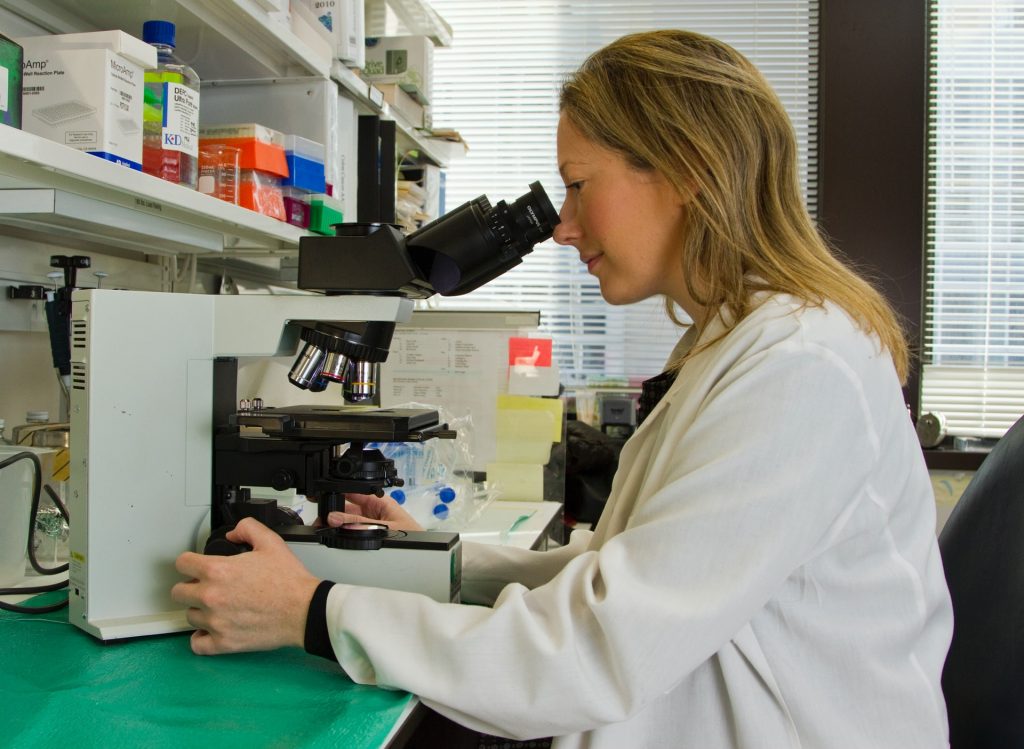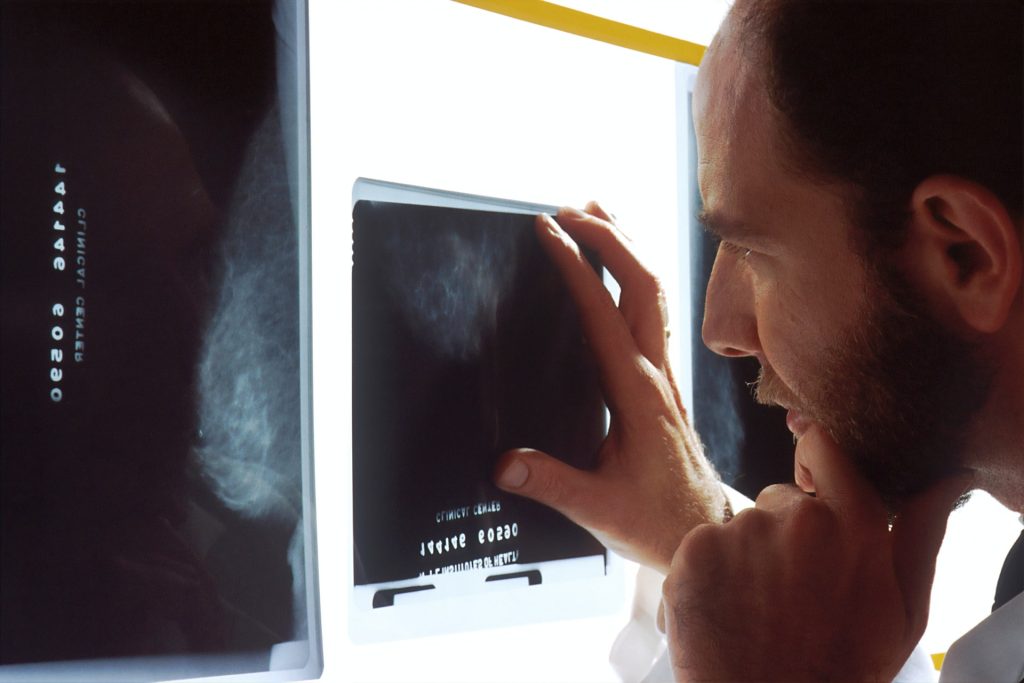Statins Could Slow Metastases, Study Finds

By screening various drugs to inhibit a cancer-driving gene, researchers have hit upon a familiar drug – statins.
Cancer patients rarely die from the primary tumour, but rather from the metastases – even after successful tumour surgery. This is because cancer cells sometimes metastasise when the tumour is still very small and may not have even been discovered yet. To do this, they must break away from the extracellular matrix and migrate into neighbouring lymphatic vessels or blood vessels that transport them to new tissue, where they settle and proliferate.
Understanding the molecular mechanisms of metastasis is therefore a key piece of the puzzle in the fight against cancer. More than a decade ago, Professor Ulrike Stein and her lab discovered an important driver of this process in human colorectal cancer: the metastasis-associated in colon cancer 1 (MACC1) gene.
When cancer cells express MACC1, their ability to proliferate, move around the body, and invade other tissues is enhanced. “Many types of cancers spread only in patients with high MACC1 expression,” Prof Stein explained. MACC1’s role as a key factor and biomarker of tumour growth and metastasis – in many solid tumours beside colorectal cancer – has since been studied by many other researchers worldwide and confirmed in more than 300 publications. Now together with Dr Robert Preißner of Charité, Stein has discovered what could disrupt metastatic progression in such cases: statins, normally prescribed for lowering cholesterol, can inhibit MACC1 expression in tumour cells. The scientists are presenting their findings in the journal Clinical and Translational Medicine.
In their search for MACC1 inhibitors, the researchers conducted high-throughput drug screening, and independently arrived at statins. Tests on various tumour cell lines were favourable: All seven drugs tested reduced MACC1 expression in the cells, but to varying degrees. The scientists then administered the cholesterol inhibitors to genetically modified mice with increased MACC1 expression. This almost completely suppressed the formation of tumours and metastases in the animals. “What is particularly remarkable is that the benefits continued in the animals even after we reduced the animal dose to a human equivalent dose,” Stein said.
Dr Preißner and collaborators also examined data from a total of 300 000 patients who had been prescribed statins. This analysis found a correlation: “Patients taking statins had only half the incidence of cancer compared to the general population,” Preißner explains.
Prof Stein warned against taking statins as a preventive measure without consulting a doctor and having their lipid levels checked.
“We are still at the very beginning,” Dr Stein cautioned. “Cell lines and mice are not human beings, so we cannot directly transfer the results.” The experimental studies and retrospective data analysis will now be followed up by a clinical trial, she said. Only after that will it be possible to say with certainty whether statins actually prevent or reduce metastasis in patients with high MACC1 expression.






